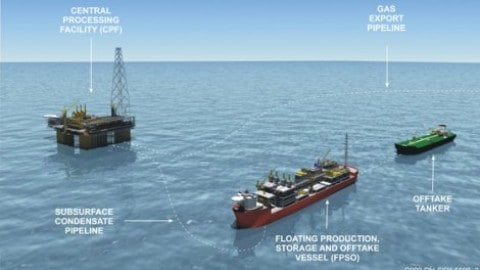There are many companies which openly advertise the sale of spare parts for all progressive cavity pump brands. Usually their prices are considerably less than what is offered by the original equipment manufacturer (OEM).
Progressive cavity pumps
 Our progressive cavity pump expert is Peter Vila, Managing Director of seepex Australia. Peter has been involved with pumps for 35 years. He spent the first five years repairing them and the subsequent 30 years directly in technical sales, and for the past 15 years he has been predominately involved with seepex progressive cavity pumps.
Our progressive cavity pump expert is Peter Vila, Managing Director of seepex Australia. Peter has been involved with pumps for 35 years. He spent the first five years repairing them and the subsequent 30 years directly in technical sales, and for the past 15 years he has been predominately involved with seepex progressive cavity pumps.
How important is it to use OEM spare parts?
If you ask this question of any OEM, they will tell you that the use of original parts is absolutely crucial to pump performance and reliability. There are many reasons for this stance and following are some comments and a few examples of potential issues which may be faced by PC pump operators when not using genuine OEM parts.
When considering the purchase of a new pump, the lifetime cost of your equipment is obviously important. The high quality and precise fit of the main pumping elements, the rotor, stator and the joints determine the reliability, life and durability of the pump.
When replacing parts, matching the materials of construction to that of the initial build specification is vital to maintain good service life. By doing so, you ensure that the pump is returned to its quality, efficiency and performance. Using any other option brings with it the risk of premature failure, reduced performance and lower efficiencies.
Is it worth the risk? If you are thinking about using alternative parts for your PC pump, please consider the following examples of some failures and concerns that our customers have highlighted to us.
- Non-original stator.
- Non-original stator
This is a new, unused stator as delivered, with very poor surface finish and quality. As a result, the customer can expect lower volumetric efficiency, reduced pressure handling capability, reduced pumping capacity and shorter rotor/stator life.
- Original rotor/stator.
- Non-original rotor/stator.
Poor fit (clamping) between rotor and stator. Sometimes the fit can be too tight, resulting in issues such as the pump not starting, overload of stator and drive train, overload of the joints and increased power consumption. At other times, the fit can be too loose, which results in reduced pumping capacity, shorter service life and increased slip/backflow of the product, leading to increased wear.
- Original joint sleeve.
- Non-original joint sleeve.
Non-original joint sleeves typically have less material used in manufacture, thinner wall sections and the seal contact profiles are usually wrong.
The sealing is weaker by design, resulting in the wear/failure of joint sleeve, loss of lubrication, product contamination of the joint, and premature wear/failure of universal joints.
Common issues include the supply of non-hardened coupling rod pins, coupling rod bushes with poor interference fit or incorrect positioning, restricted eccentric movement, or the wrong type of lubrication supplied and used. The end result is typically pins sheared due to an inability to cope with the high transfer torque, bushes rotating and shattering, and the overloading and overheating of lubricant which is transferred to individual components, ultimately resulting in complete joint failure.
All of these examples are from genuine field cases. Each had severe implications to process and incurred very high incidental costs.
So…is it really worth the risk?
Listen to your OEM and only use original spare parts – quality pays for itself in the long run.
For more information on progressive cavity pumps, please contact SEEPEX Australia on
(02) 4355 4500 or email [email protected].




















